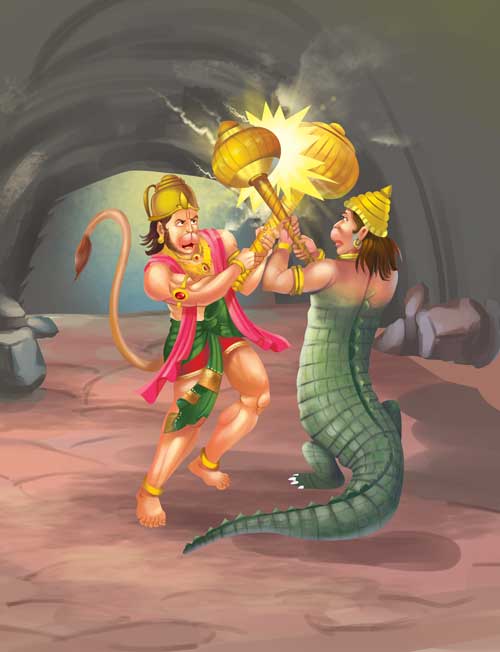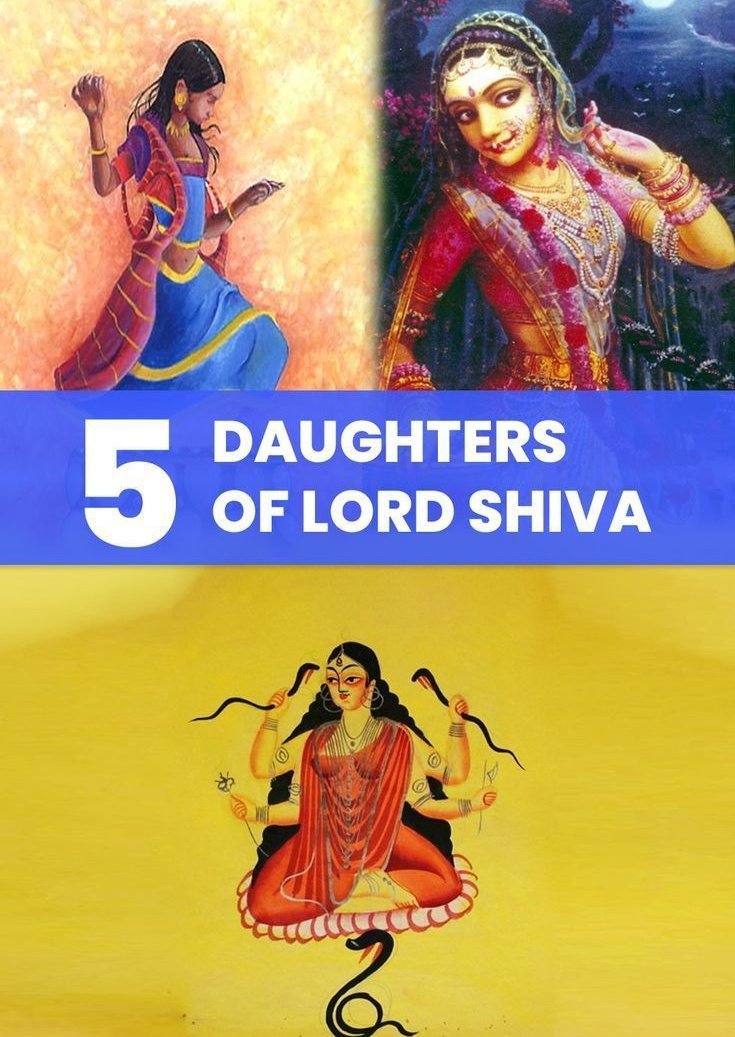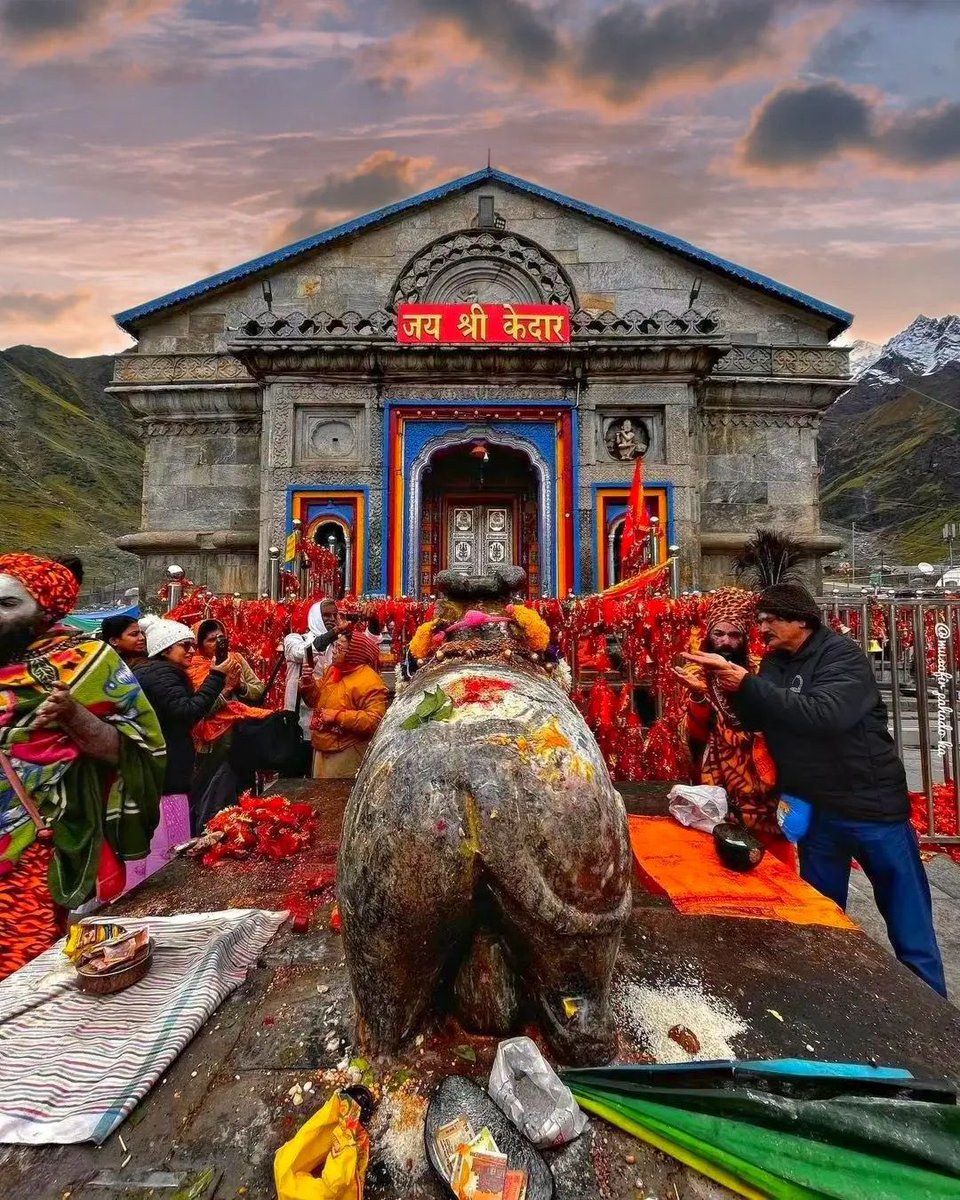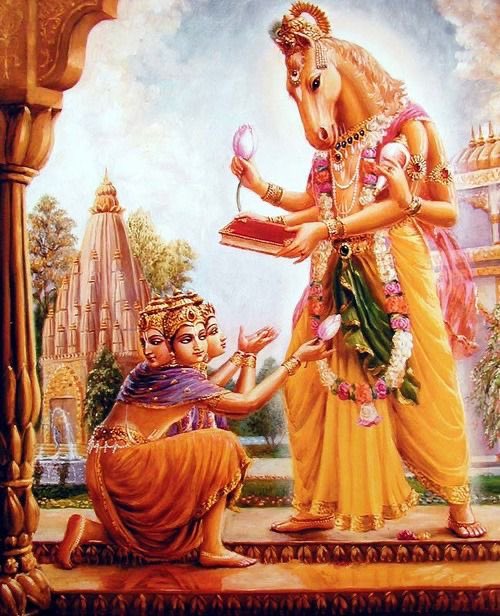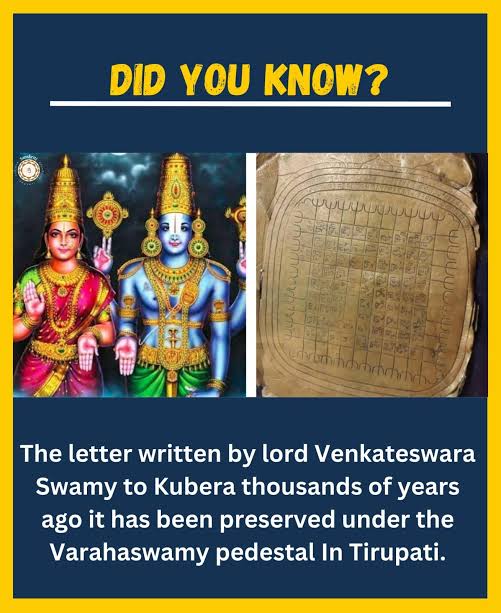Who is Lalitha Tripura Sundari? What is the significance of Shri Lalitha Sahasranama?
Devi Tripura Sundari – The Governess of the Universe.
Let's explore in this thread 🧵
This two-minute thread will give you goosebumps
Devi Tripura Sundari – The Governess of the Universe.
Let's explore in this thread 🧵
This two-minute thread will give you goosebumps
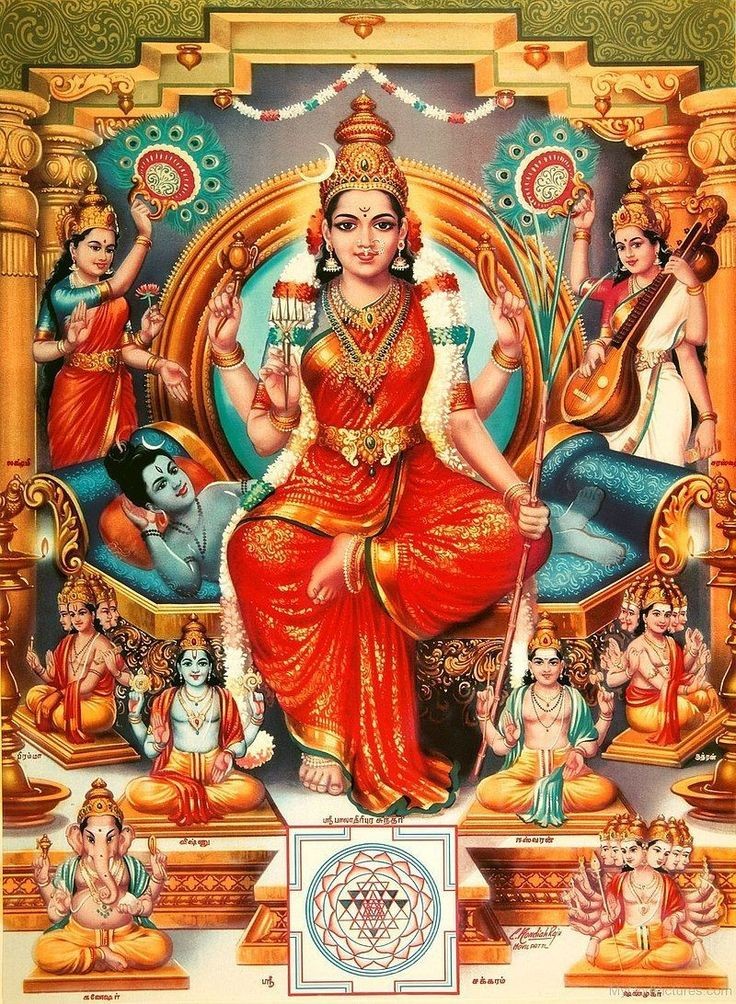
Goddess Tripura Sundari is the consort of Lord Shiva. She creates, protects, and destroys the universe along with Lord Shiva. She is none other than Goddess Sati, Durga, and Mahakali.
She is also known as Shodashi, a sixteen-year-old, and Balasundari, a child form of Devi.
She is also known as Shodashi, a sixteen-year-old, and Balasundari, a child form of Devi.
Tripura Sundari is glowing like a rising sun, scattering delights of joy, compassion, and knowledge. She is portrayed as a beautiful young girl of sixteen with red and golden skin and three bewitching eyes, a wagging tongue, fearful teeth, and four arms.
She had a voice sweeter than the sound emanating from Veena of Saraswati, and having such a beautiful smile that Shiva himself could not take his eyes off her. She was wearing Mangala soothra and necklaces, with beautiful breasts which were capable
of buying the invaluable love of Kameshwara, having wisps of beautiful hair rising from her belly, her stomach having three pretty folds, and she was wearing red silk tied with a string with red bells.
According to the Tripura Rahasya, only goddess Tripura Sundari existed before the beginning of the universe. She created the Trimurti and began the creation of the universe.
Lalitha Sahasranamam is the only Sahasranamam composed by vagdevatas under Lalitha’s direction.
Lalitha Sahasranamam is the only Sahasranamam composed by vagdevatas under Lalitha’s direction.
Sri Lalitha Sahasranamam Stotra (hymn of praise) occurs in the Brahmanda Purana (history of the universe) in the chapter on discussion between Hayagriva and Agasthya.Hayagriva is an incarnation of Vishnu with the head of a horse who is held to be the storehouse of knowledge
Agasthya is one of the sages of yore and one of the stars of the constellation Saptarishi (Ursa Major). At the request of Agasthya, Hayagriva is said to have taught him the thousand holiest names of Lalitha. This has been conveyed to us by the sage Vyasa Maharishi
Lalitha Sahasranamam is the only Sahasranamam composed by vagdevatas under Lalitha’s direction. All the other Sahasranamam are said to have been composed by Vyasa Maharishi.
Sri Lalitha Sahasranama is in the 36th chapter of Lalitopakyana in Brahmanda Purana. It is a hymn that describes the 1000 various names of Sree Lalitha and praises God as the Divine Mother or God’s Shakti or Power.
The rising of Devi Lalitha Tripura Sundari- Shiva is one of the trinity of Hindu pantheons, in charge of moksha (layam). Bhagwan Shiva married Sati, the daughter of Daksha. Daksha and Shiva did not get along and consequently Daksha did not invite
Shiva for one of the great fire sacrifices that he conducted. However Sati went to attend that function in spite of Shiva’s protest. Daksha insulted her husband and she jumped into the fire and ended her life.
Consequently at the behest of Shiva, Daksha was killed by Veerabhadra Swamy, an incarnation of Shiva’s wrath and later resurrected with a goat’s head. This incident upset Shiva and he entered into deep meditation
Sati reincarnated as daughter of Himavat, king of the mountains, and his wife, the apsara Mena. Naturally, Parvati sought and received Shiva as her husband.
The Devtas faced an enemy in Bhandasura who had a boon by Shiva that made him almost invincible. So to wake Shiva from his deep meditation, the Devtas deputed Kamdev, the God of love who shot his flower arrows at Shiva,wokeup& opened his third eye and burnt Kamadeva, God of love
into ashes.The Devas and Rati Devi the wife of Manmatha requested Shiva to give life to Manmatha. Heeding their request Shiva stared at the ashes of Manmatha.
From the ashes came Bhandasura, who made all the world impotent and ruled from the city called Shonitha pura. He started troubling the Devtas. The Devtas then sought the advice of Sage Narada who advised them to conduct a fire sacrifice. From the fire rose Lalitha Tripura Sundari
The Devtas prayed to her to kill Bhandasura. When she started for the war with Bhandasura, she was accompanied by the powers called anima, Mahima, Brahmi, Kaumari, Vaishnavi, Varahi, Mahendri
Chamundi, Maha Lakshmi, Nritya Devtas and Avarna Devtas who occupy the chakra. While Sampatkari was the captain of the elephant regiment, Aswarooda was the captain of the cavalry.
The army was commanded by Dhandini riding on the chariot called Giri Chakra assisted by Manthrini riding on the chariot called Geya Chakra. Jwala malini protected the army by creating a fire ring around it. Para Shakthi rode in the center on the chariot of Chakra
Nithya destroyed a large chunk of Bhandasura’s armies, Bala killed the son of Bhandasura, and Manthrini and Dhandini killed his brothers called Vishanga and Vishukra.
She killed all his army using Pasupathastra and killed him with Kameshwarasthra. The gods then praised her. She then recreated Manmatha for the good of the world
This story is contained in the first 84 names of the first 34 slokas of Lalitha Sahasranamam. All together it contains one thousand names. This is also called the Rahasya Nama Sahasra
the thousand secret names). Reading it, meditating on the meaning of the names would lead to the fulfillment of all the wishes of the devotees.
If you like the thread please like, repost & comment..
Please follow @Priyamvada227s for more threads..
Thank you everyone 🥰🙏
If you like the thread please like, repost & comment..
Please follow @Priyamvada227s for more threads..
Thank you everyone 🥰🙏
• • •
Missing some Tweet in this thread? You can try to
force a refresh


